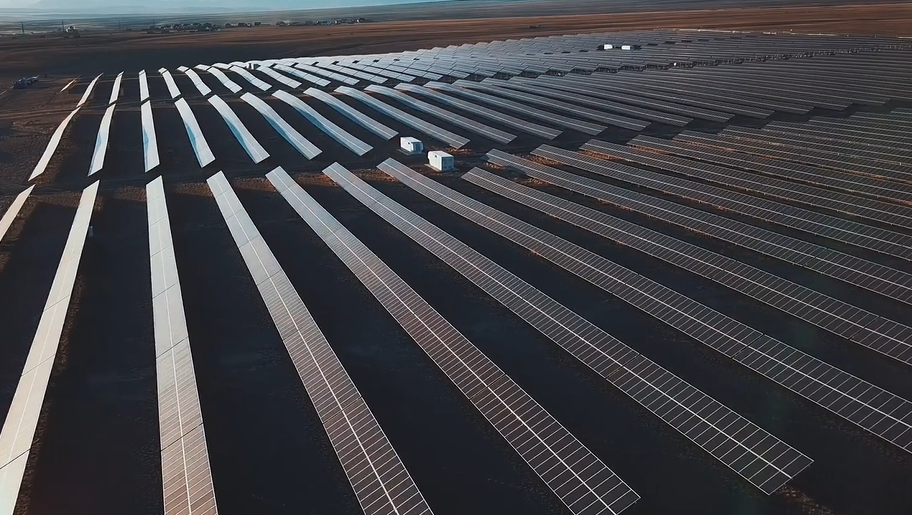Video Interview: Utility Integrated Resource Plans Predict Large-scale Development of Renewable Resources West-wide
- June 15, 2021
- John Harrison

Plans developed by electric utilities in the West foresee large-scale development of renewable resources like solar and wind power in the future. This is consistent with the results of analyses the Council’s power planning staff has conducted in developing the 2021 Power Plan, which the Council expects to release in draft for public comment in August.
This is also a much different future for the West Coast and Northwest power supply than was envisioned by the Council in its last – and still current – power plan in 2016. At that time, the resource strategy to meet future demand for power in the power plan was driven largely by least-cost energy efficiency with only a modest development of renewable power. However, the energy world has changed drastically since then. Today, the new energy future is influenced by clean-energy policies, the retirement of a significant number of coal-fired generators, uncertainty about the role of new natural gas-fired generation, and the decrease in cost of utility-scale solar and wind generators.
As a reference check against its own analyses, the Council’s power planning staff reviewed the integrated resource plans (IRPs) of West Coast electric utilities to see what they identify as near-term generation needs. An IRP is a utility’s roadmap to help understand and plan for future resource needs.
Utility IRPs and the Council’s power plan have different views of the future. The Council’s plan is a least-cost, least-risk resource strategy for the entire Northwest; an IRP is developed by a utility to meet the anticipated demand of its customers. The Council updates its regional plan every five years, and utility IRPs usually are revised every two years or so. But the Council’s plan does include a forecast of West-wide wholesale electricity prices and that forecast is informed by extensive feedback from many utilities in the West.
Gillian Charles, senior policy analyst in the Council’s Power Planning Division, discussed the results of her review of IRPs at the June Council meeting. She said the IRPs she reviewed represent about 70 percent of electricity sales in the United States portion of the Western Electricity Coordinating Council region (the WECC region is the area west of the Continental Divide including Baja California, Mexico, and Alberta and British Columbia). She said the IRPs come to largely the same conclusions as analyses for the 2021 Power Plan. For example, the IRPs show a significant, near-term need for new resources – primarily solar, wind, and solar plus energy storage. Some standalone, short-term (two to four hours of discharge) battery storage was identified, and a smaller amount of energy storage that can discharge for eight to twelve hours, such as pumped-storage hydropower facilities.
The IRPs also showed a modest amount of new natural gas generation, some of which was identified in the Pacific Northwest. In addition, utilities are exploring utilizing existing or new combustion turbines powered by alternative fuels such as biodiesel and hydrogen, she said. Council staff will continue to track IRPs as new editions are developed, Charles said.



